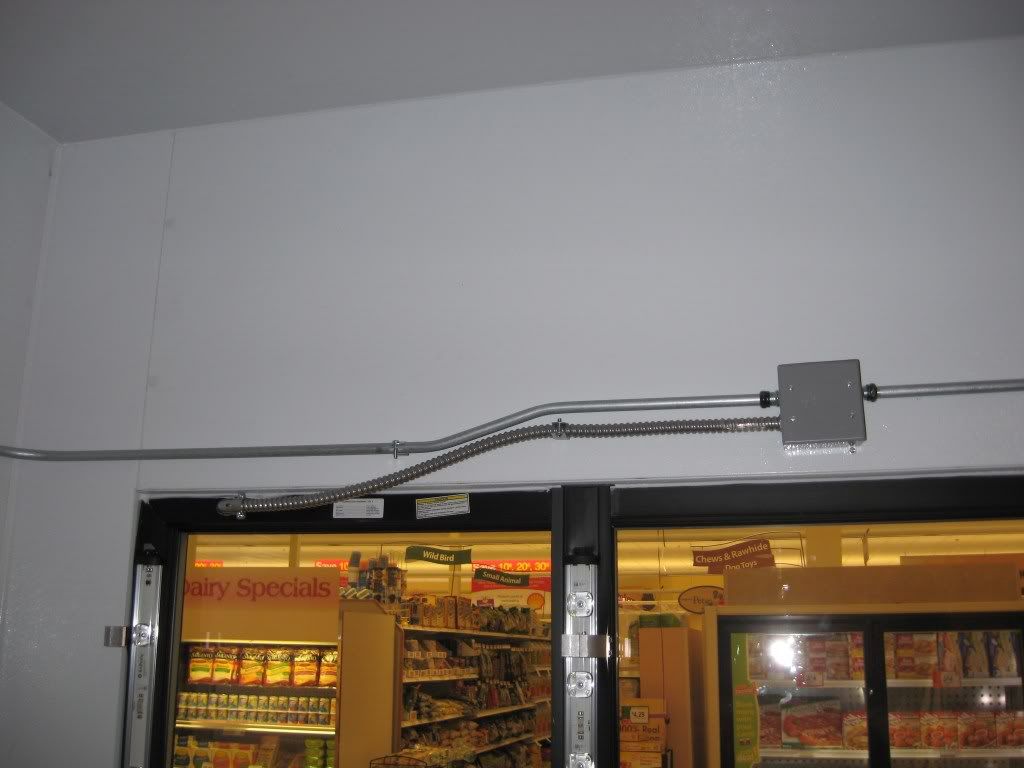David Goodman
Senior Member
- Location
- Pahrump, NV, USA
I came across a walk-in cooler today with FMC runs inside the evaporator case. Would you agree that this was a violation of 2014 NEC Article 348.12(1) prohibiting use of FMC in wet locations?
Did any prior NEC's allow for use of FMC in wet locations?
Did any prior NEC's allow for use of FMC in wet locations?


